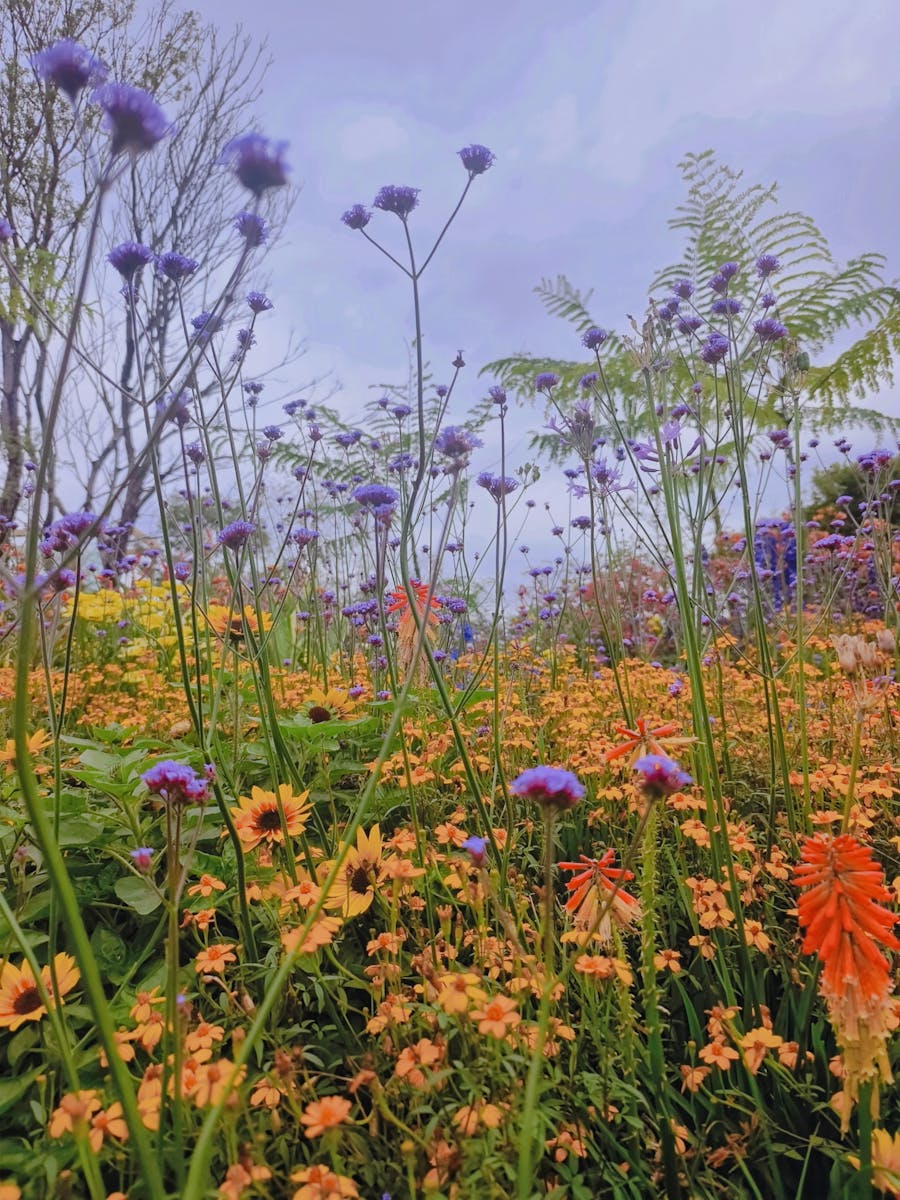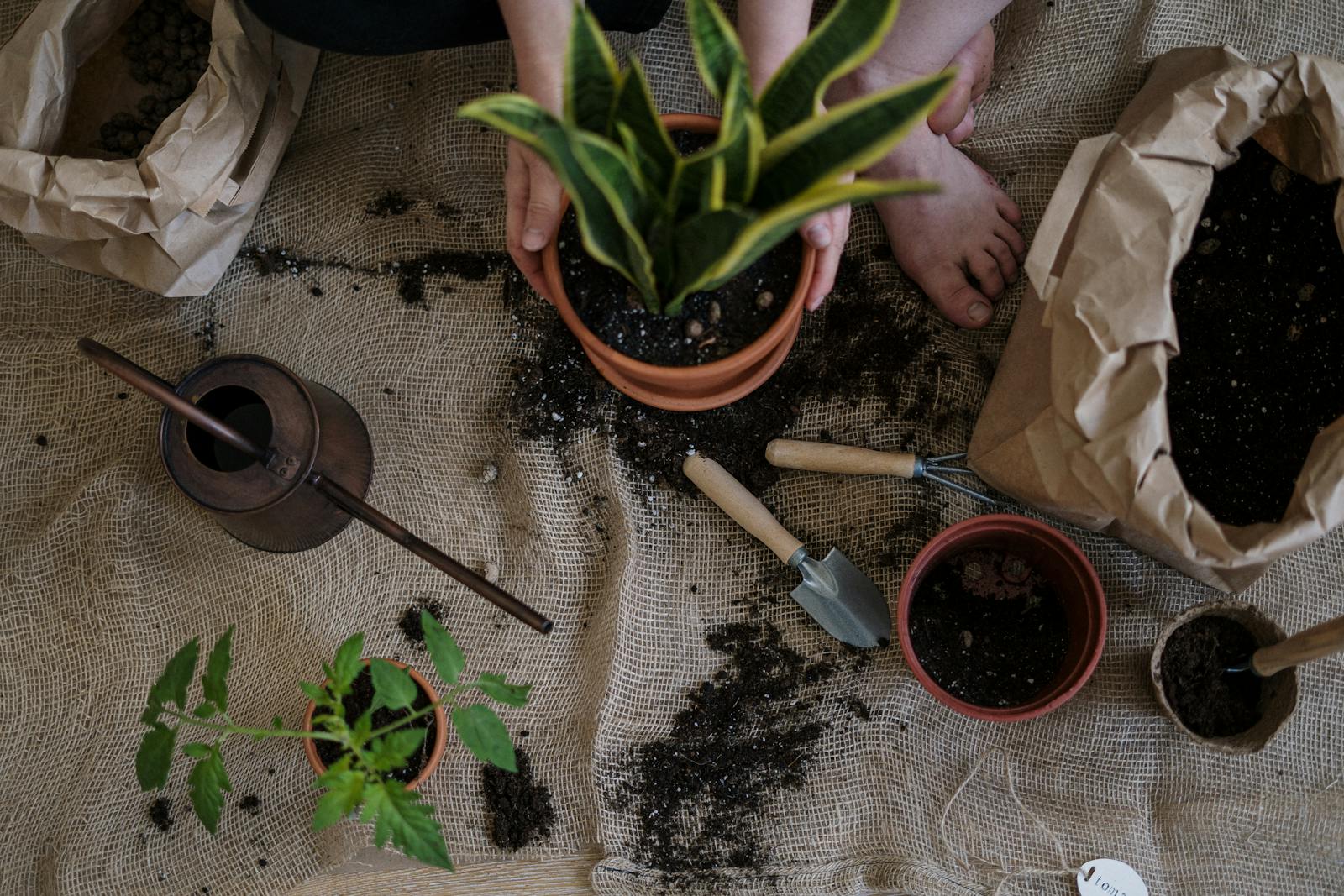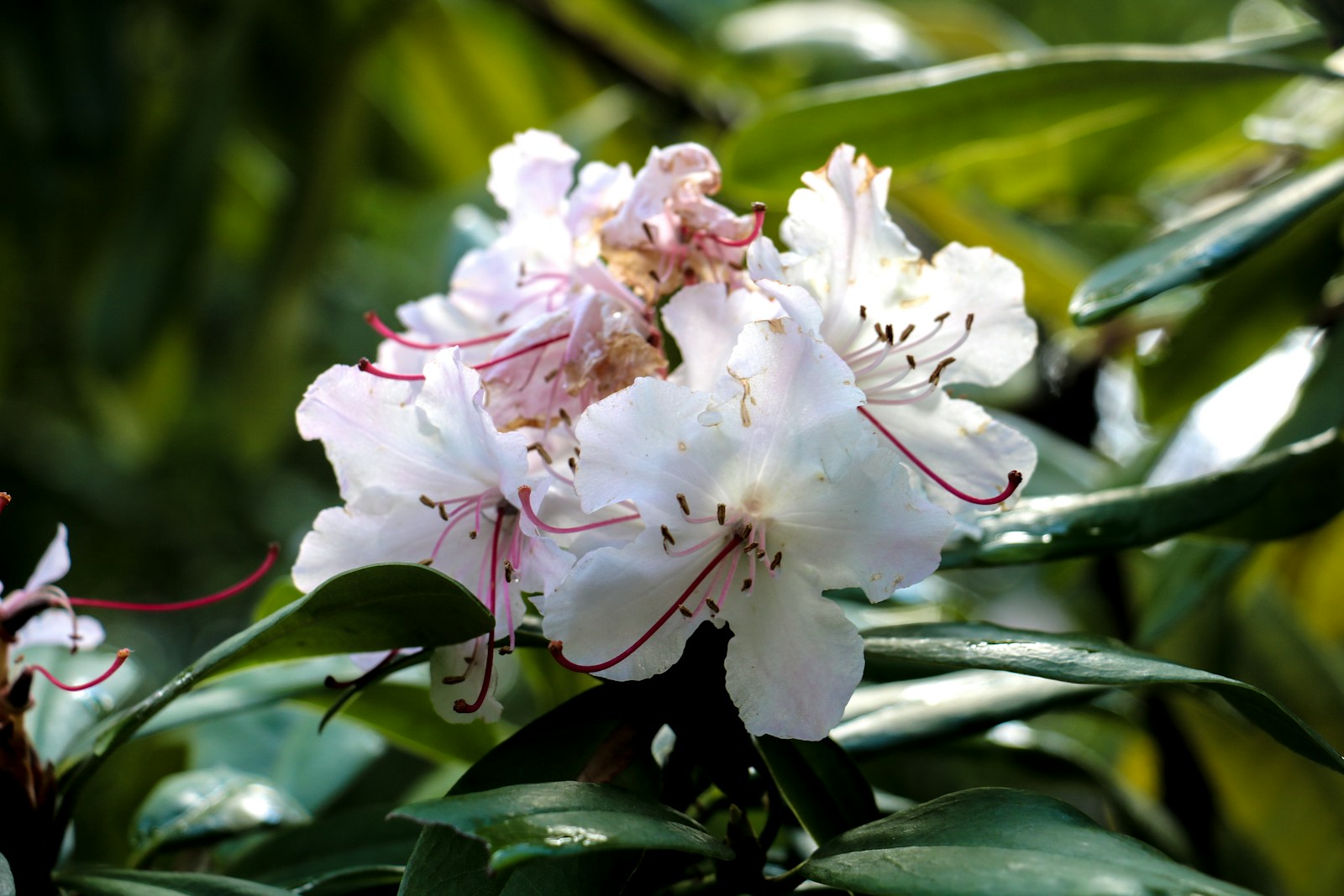Native Plants and Their Benefits for Your Garden
What Are Native Plants?
Native plants are species that have naturally evolved in a specific region over thousands of years. They are uniquely adapted to local soil, climate, and wildlife, making them resilient and self-sufficient in their home environments. Unlike non-native or invasive species, native plants maintain the ecological balance of an area and require minimal human intervention once established.
From wildflowers and grasses to shrubs and trees, native plants come in many forms and offer endless possibilities for sustainable landscaping. Their deep roots in local history and ecology make them an essential part of healthy garden design.
Why Choose Native Plants for Your Garden?
Native plants offer a host of benefits for gardeners and ecosystems alike. Because they are naturally suited to local conditions, they need less water, fertilizer, and pesticides. This translates to lower maintenance and reduced environmental impact. Additionally, native plants attract and support native pollinators, birds, and beneficial insects, fostering biodiversity in your garden.
They also stabilize soil, prevent erosion, and improve water retention. Choosing native plants means embracing a garden that’s not only beautiful but also balanced, functional, and in harmony with the surrounding environment.
Supporting Pollinators and Wildlife
One of the most compelling reasons to grow native plants is their role in supporting local wildlife. Many pollinators—like bees, butterflies, and hummingbirds—have co-evolved with specific native species. These plants provide the nectar, pollen, and habitat necessary for their survival.
Native trees and shrubs also serve as shelter and nesting sites for birds, while herbaceous plants feed caterpillars and other beneficial insects. By planting native, you’re creating a mini ecosystem that sustains diverse life forms right in your own backyard.
Saving Water with Native Landscaping
Water conservation is a critical concern for gardeners, especially in regions prone to drought. Native plants, having adapted to local rainfall patterns, are more drought-tolerant than most exotics. They require little to no supplemental watering once established.
Replacing thirsty lawns with native ground covers or meadow plantings reduces water use dramatically. When combined with mulching and efficient irrigation, native plant gardens contribute significantly to sustainable water management—while still offering vibrant, seasonal beauty.
Low Maintenance, High Impact
Native plants are often the most carefree choices for home landscapes. They don’t need frequent fertilizing, pest control, or pruning. Their natural resistance to local pests and diseases reduces the need for chemical interventions, making your garden healthier and safer for pets and children.
Despite their low maintenance requirements, native plants deliver high-impact aesthetics. With a diverse palette of colors, shapes, and bloom times, they create dynamic, evolving displays that require far less effort than traditional garden beds.
Creating a Sense of Place
Incorporating native plants into your garden helps reflect the natural identity of your region. Their presence evokes the landscapes, colors, and rhythms of local ecosystems, lending authenticity to your design. Whether you’re in a woodland, prairie, coastal, or desert environment, native species create a seamless visual and ecological connection to your surroundings.
This “sense of place” makes your garden feel more rooted and intentional. By mirroring the local habitat, you not only support biodiversity but also craft an outdoor space that resonates with your area’s unique beauty and character.
How to Source Native Plants Responsibly
To ensure ecological integrity, source native plants from reputable nurseries or growers that specialize in regional species. Avoid collecting plants from the wild, as this can damage natural habitats. Instead, look for nurseries that grow plants from local seed stock, which ensures genetic compatibility with your area’s climate and soil.
You can also consult native plant societies, botanical gardens, or university extension programs for recommendations. Responsible sourcing supports ethical gardening and helps preserve the delicate balance of local ecosystems while enhancing your landscape’s resilience.
Designing with Native Plants
Successful garden design with native plants balances aesthetics with function. Start by grouping plants with similar sun, soil, and moisture needs. Layer plantings by height and bloom time to ensure year-round interest and structure. Mix grasses with flowering perennials, and incorporate native shrubs and trees for height and shelter.
Use drifts and repetition for a natural flow, and don’t be afraid to mix in native ground covers as living mulch. With native plants, you can achieve a lush, layered look that evolves beautifully with the seasons and requires minimal upkeep.
Combining Native and Non-Native Plants
Native and non-native plants can coexist beautifully if chosen thoughtfully. Select non-invasive species that share similar growing requirements and won’t compete aggressively with your native selections. For example, pair ornamental grasses with native wildflowers or mix Mediterranean herbs with local shrubs.
This approach allows you to incorporate favorites while maintaining ecological balance. Prioritize native plants as the foundation, and use non-natives as accents. With smart design, you can create a diverse, resilient garden that honors both tradition and innovation.
Common Myths About Native Plants
One myth is that native plants are weedy or less attractive than ornamental varieties. In reality, many native species offer stunning color, texture, and form. Another misconception is that they only thrive in wild landscapes. With the right layout, native plants can suit formal gardens, containers, and urban settings.
Some gardeners believe native plants attract more pests—but they actually support beneficial insects that help control pests naturally. Understanding these truths empowers gardeners to embrace native plants for beauty, sustainability, and long-term success.
Adapting Native Plant Gardens to Urban Settings
Native plants aren’t just for sprawling landscapes—they thrive in small spaces too. Use them in containers, raised beds, or rooftop gardens to bring nature into compact urban environments. Native perennials, grasses, and shrubs adapt well to city conditions when given proper soil and light.
Choose low-growing or compact varieties that won’t outgrow your space. Even a few native plants can attract pollinators and provide seasonal interest. With smart choices and creative placement, native plants bring ecological value and beauty to balconies, courtyards, and city yards.
Managing a Native Plant Garden
Managing a native garden is refreshingly simple. After plants are established, maintenance often includes seasonal pruning, mulching, and occasional weeding. Unlike exotic species, native plants are less prone to pests and disease, and they thrive in local soil without heavy amendments.
To keep your garden vibrant, deadhead spent flowers to encourage blooming and divide crowded perennials every few years. Allowing some natural leaf litter supports soil health and wildlife. With thoughtful care, native plants grow stronger and more self-sustaining over time.
Seasonal Highlights with Native Plants
Native plants offer interest throughout the year—from spring wildflower blooms to fall foliage and winter seed heads. Spring may bring bursts of color from columbine or phlox, while summer shows off black-eyed Susans and bee balm. In autumn, goldenrod and asters steal the show.
Even in winter, native grasses and seed-bearing plants provide structure and food for birds. Plan your garden with a mix of bloom times and plant types to ensure continuous beauty and ecological support through every season.
Educational and Community Benefits
Planting native species isn’t just good for your garden—it also contributes to larger conservation efforts. Your garden becomes a living example of sustainable landscaping, inspiring neighbors, schools, and community groups. Native plant gardens often spark curiosity and serve as educational tools for learning about biodiversity and climate resilience.
By sharing knowledge and resources, you can help promote native gardening practices in your community. Collect seeds, host a garden tour, or join a local restoration project. Every native plant garden contributes to a healthier, more connected environment.
Building a Garden That Gives Back
Choosing native plants transforms your garden into a habitat, a refuge, and a sustainable space that gives back to the land. Beyond their resilience and beauty, native species strengthen ecosystems and promote environmental stewardship.
Whether you’re rewilding a backyard or adding a few natives to your patio containers, every effort counts. Your garden becomes more than decoration—it becomes a vital part of a thriving, living network. Embrace native plants, and your landscape will reward you with richness, resilience, and a deeper connection to nature.
Frequently Asked Questions
What are the best native plants for beginners?
Great beginner-friendly native plants include black-eyed Susan, purple coneflower, bee balm, milkweed, and switchgrass. These species are hardy, low-maintenance, and adaptable to many garden settings. They also support pollinators and bloom for extended periods. Choose varieties that match your region’s climate and soil. Native plant societies or extension services can provide regional plant lists. Starting with reliable performers builds confidence and helps establish a thriving native garden with minimal effort.
Do native plants need fertilizer?
Most native plants don’t need fertilizer if grown in their preferred conditions. They’ve adapted to thrive in local soils with natural nutrient levels. Over-fertilizing can actually weaken native plants and encourage weed growth. To support healthy growth, enrich soil with compost or leaf mulch rather than synthetic fertilizers. For nutrient-poor soils, a one-time amendment at planting may help. Once established, native plants typically maintain strong health with little or no feeding, which makes them ideal for sustainable gardening.
Can native plants grow in containers?
Yes, many native plants grow well in containers, especially compact perennials, grasses, and herbs. Use large pots with good drainage and high-quality potting mix. Choose drought-tolerant natives like coreopsis, columbine, or prairie dropseed for success. Container gardens benefit from regular watering and seasonal care, but still offer many of the same ecological benefits. They’re perfect for patios, balconies, and urban spaces where in-ground planting isn’t possible. With proper selection, native plants in containers support pollinators and bring nature closer to your living space.
How long do native plants take to establish?
Most native plants take one to two seasons to fully establish. During this time, they develop deep root systems that support long-term resilience. Watering and light mulching are important in the first year to help roots settle. After establishment, they require minimal care and become more drought-tolerant. The initial patience pays off with plants that return reliably and flourish with less intervention than many exotics. Some species, like annual wildflowers, establish quickly and bloom in their first season, while others mature gradually over time.
Are native plants deer-resistant?
Some native plants are naturally deer-resistant due to their texture, aroma, or taste. Examples include yarrow, bee balm, wild indigo, and ferns. However, deer behavior can vary by region and food availability. While no plant is completely deer-proof, using resistant natives can reduce browsing damage. Combine them with fencing, repellents, or companion planting strategies to protect vulnerable areas. Choosing a diverse mix of native species increases the odds of finding plants deer are less likely to nibble, while still supporting local wildlife and pollinators.
© 2025 GardeningandDecor.com. All rights reserved.



